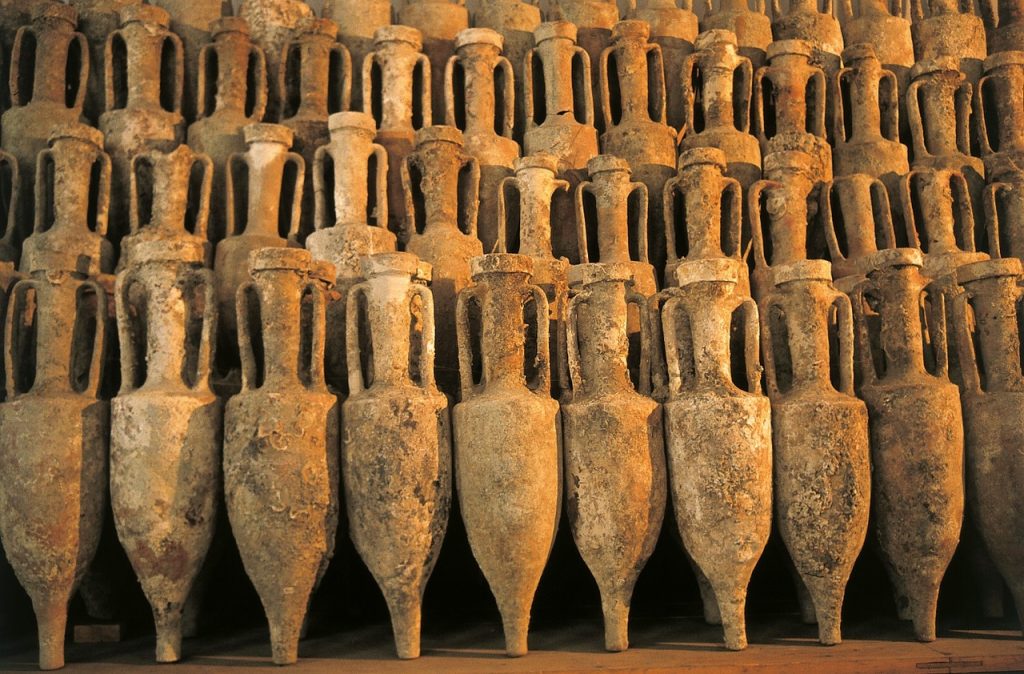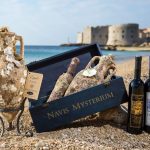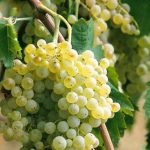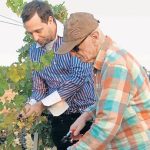Story one: Some producers spend the entire viticulture year preparing grapes for amphorae wine. They mind what they feed the soil with and protect vines, reduce yield with pruning and green harvest, carefully selected only the healthiest grapes and feel nearly every grape. Then they place the grapes in an amphora buried in the ground and spend months watching over it. In spring, usually Big Thursday, they remove the fermented liquid from the amphora macerated with grape skins, lightly press everything and place in wooden barrels for ageing. And they listen and taste it regularly and after a year, year and a half, two, three, depending on their estimate the wine is ready, they pour it into stainless steel tanks for a relatively short calming, which can also take months, then bottle it. And they still guard it, watching and caressing, opening a bottle to now when it is ready for the audience, just like on concert or theatre stages, where only the best will earn an encore. And they bear all this quietly. They were quiet when they felt the wine will only be good to make a brandy. They are silent hoping the prize will be greater the more the wine is riper. The first Croatian amphora wine was bottled by Istrian winemaker Marino Markežić Kabola. That Malvazija is today still a lively, even merry wine.
Two years later the Tomac family from Plešivica nurtured in amphora a mix of Chardonnay and a dozen other varieties present in the vineyards since before the Second World War, with two more years passing until the first Riesling produced in that ancient technology. It took another two years for the neighbouring Šember family to take the same road with their Riesling. All those wines are still young today, although the youngest mentioned is already six. They have a long life as they took long to make, changing almost daily. Almost every bottle is unique and it is a great privilege to enjoy them occasionally and silently study their development. And this is why the family of amphora winemakers is growing. But, there are those who saw the marketing potential of the amphorae story so they place finished wine in them for ageing. Some even at the bottom of the sea. There is nothing wrong with that, except it can mislead consumers into thinking they are buying wine that was aged in amphorae. Ageing itself will not give it unique aromas and taste of wines fermented in amphorae. Even the sea amphorae are not from Georgia, where the best clay for them is found, but from Sisak, and keeping wine in the sea is not news. PZ Vrbnik has been ageing the Valomet sparkling for years.
Story two: Some spend the entire year preparing the vineyard for an early harvest so the grapes for a natural sparkling would have enough acids. They make a base wine and start a second fermentation in the bottles and nurture it on yeasts for a year or two, even three, to get the desired ripeness. They then take it off residue, recork it and prepare for the market. Others use encapsulated yeasts and shorten the entire second fermentation process from two or three years to two or three months. Nothing is wrong with that, except it can mislead consumers into thinking they are buying a ripe sparkling produced in the classical method. By the way, they are sold at almost the same price. No matter how much we complain of the state over regulating all activities, including viticulture and winemaking, with at least 46 regulations, it is high time for some things to be cleared up and clearly define what is amphorae wine and what is wine with an amphora packaging and what is a real natural sparkling and what an instant drink with bubbles as decoration.
For the original and more from Vino.hr, click here.











